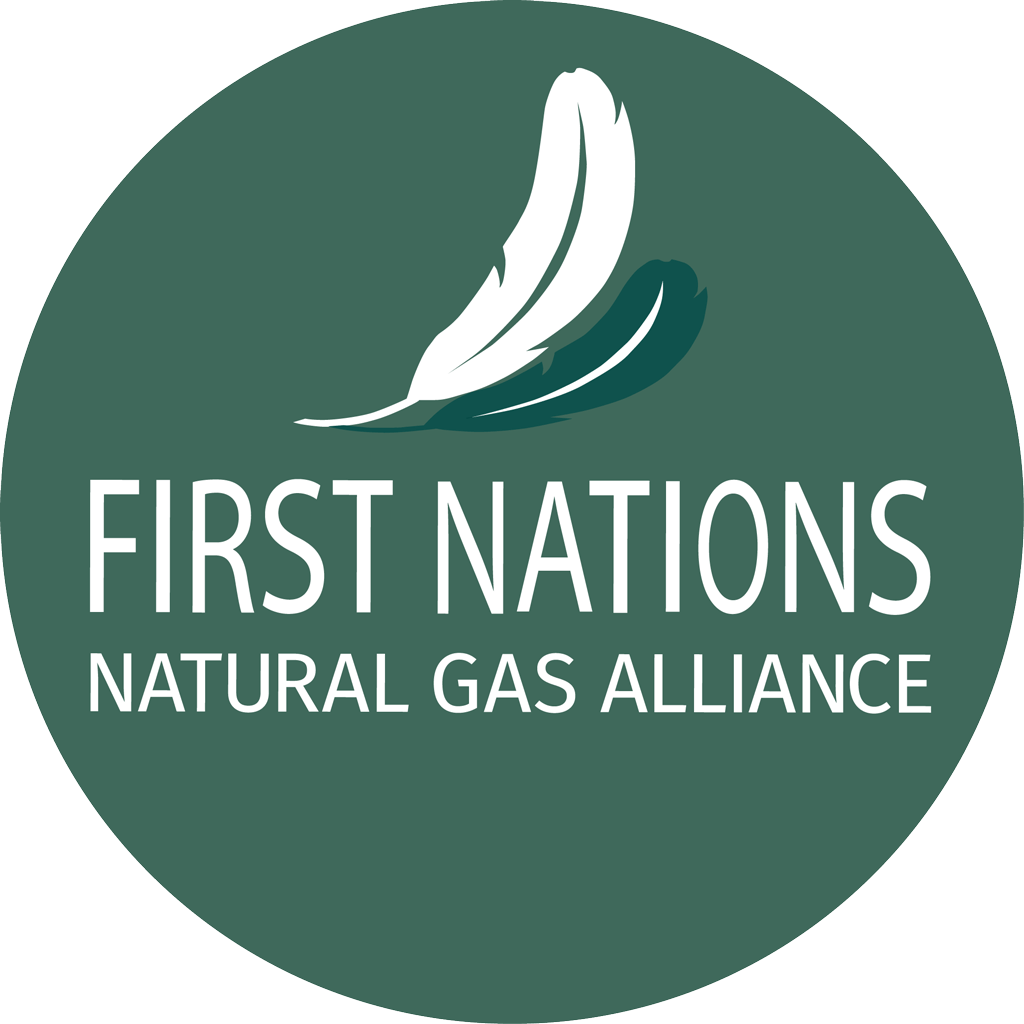By Karen Ogen, CEO, First Nations Natural Gas Alliance
The Nisga’a Final Agreement, negotiated between the Nisga’a Nation, British Columbia and Canada, was the first modern treaty in B.C.
Now, 25 years on, the treaty stands not only as a landmark of Indigenous self-determination but as a model for how reconciliation can be meaningfully pursued.
Five years ago, when the 20th anniversary was celebrated, my friend and colleague Eva Clayton, president of the Nisg̱a’a Lisims Government, noted: “May we continue to work steadfastly for the prosperity and improved quality of life of Nisg̱a’a for generations yet to come.”
Like President Clayton, I too look forward with optimism – and not only for the Nisga’a Nation, but for Indigenous Peoples across B.C.
In recent years, we have started showing Canada, and the world, that Indigenous resource leadership – and ownership – is a powerful and proven pathway to prosperity. We have shown that Canadian LNG and natural gas is Indigenous LNG and natural gas.
Against the backdrop of ever-changing tariffs in the U.S., Canada has an opportunity to diversify its economy, while serving the energy needs of Asia. If Prime Minister Carney is truly focused on making Canada an “energy superpower” – we have Indigenous-led projects ready to meet that demand and more.
From an Indigenous energy perspective, much has changed, for the better, since 2000. The Coastal GasLink pipeline, with Indigenous benefit agreements across the route, is complete and ready to serve LNG Canada’s $40-billion plant. LNG Canada, located in Haisla territory, will soon ship its first export cargo.
Cedar LNG, with majority Haisla Nation ownership, has begun preliminary construction of its floating LNG plant in their traditional territory and waters. Cedar aims to have one of the cleanest environmental profiles in the world.
Woodfibre LNG has the Squamish Nation as a partner in its LNG project on Howe Sound, on which construction has started. And the Squamish are also an actual regulator of the net-zero project, with all the powers of a regulator.
FortisBC has long worked with First Nations on its expansion of the Tilbury LNG plant in Delta, and its associated marine jetty on the Fraser River. The same is true for FortisBC’s Mount Hayes LNG facility on Vancouver Island.
For the Nisga’a specifically, that nation is leading the net-zero-ready Ksi Lisims LNG and owns 50 percent of the Prince Rupert Gas Transmission (PRGT) line that will feed it.
Both projects will, in the words of President Clayton, drive “prosperity and improved quality of life of Nisg̱a’a for generations yet to come.”
Please join me in congratulating the Nisga’a Nation on 25 years of navigating its own future, to the benefit of their people, B.C. and Canada as a whole.
It is with great optimism and excitement that we look to the future as B.C. First Nations write the next chapter in economic self-reliance.

Photo: Eva Clayton, president, Nisga’a Lisims Government
(Posted here 09 May 2025)
